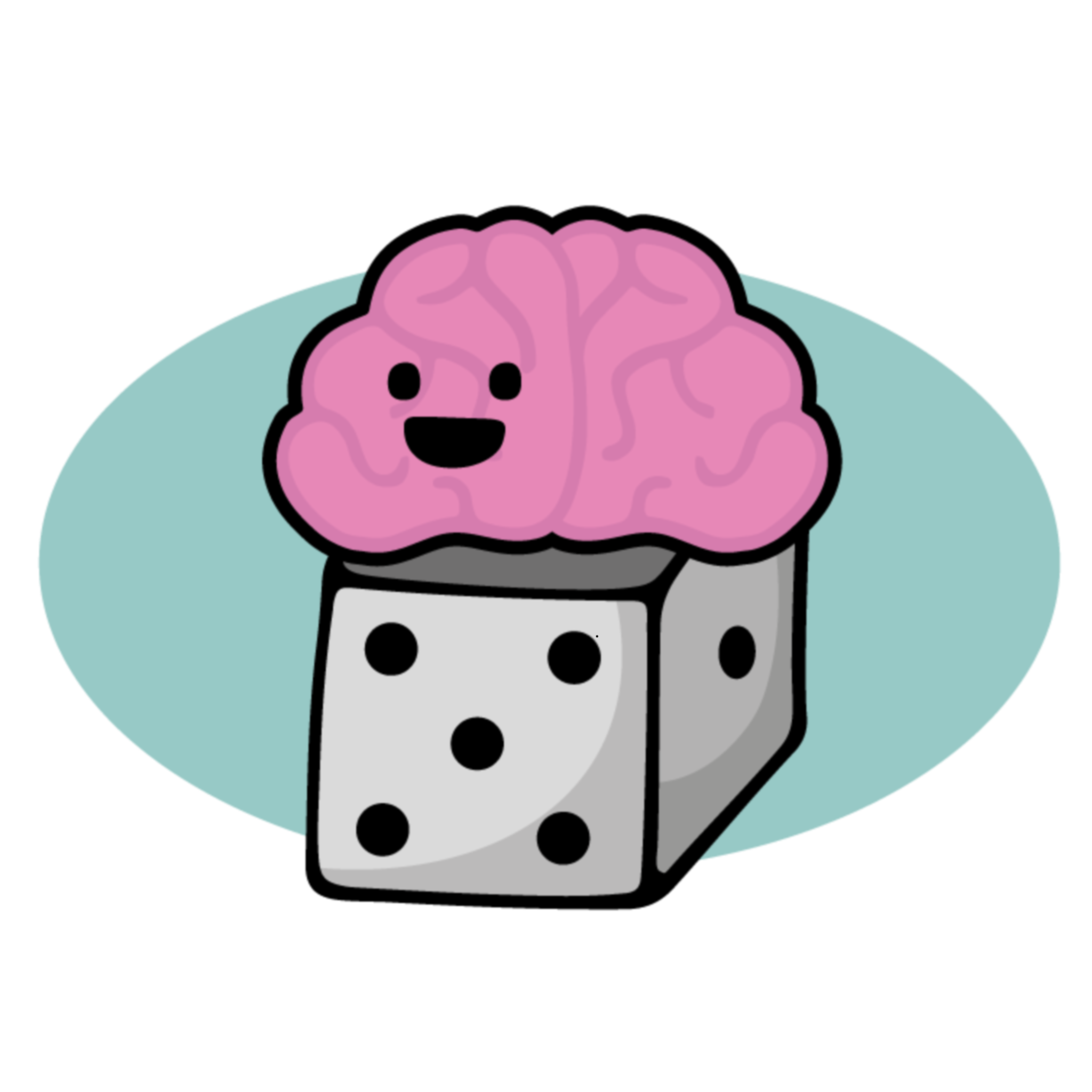Childhood Anxiety, Part 2: What can parents do?
 Although some kinds of anxiety, such as a fear of strangers or separation, are normal parts of development, sometimes specific fears or a general sense of worry becomes so chronic or severe that it interferes with daily life. That's one way to tell if your child has a problem (and Dr. G posted some other warning signs in Part 1), but you don't necessarily need to wait that long to try and support your child through their fear and worry. Professional help may be required to address severe anxiety, but parents are on the front lines, so to speak, and you might be able to help. In fact, parents can use some of the same strategies as psychologists to help their kids learn to cope!
Although some kinds of anxiety, such as a fear of strangers or separation, are normal parts of development, sometimes specific fears or a general sense of worry becomes so chronic or severe that it interferes with daily life. That's one way to tell if your child has a problem (and Dr. G posted some other warning signs in Part 1), but you don't necessarily need to wait that long to try and support your child through their fear and worry. Professional help may be required to address severe anxiety, but parents are on the front lines, so to speak, and you might be able to help. In fact, parents can use some of the same strategies as psychologists to help their kids learn to cope!
One form of psychological therapy that has proven to be effective in addressing anxiety for kids and adults is cognitive behavioural therapy, or CBT. Put simply, this treatment is aimed at changing underlying beliefs that lead to anxiety in some situations, along with encouraging behaviour to reduce anxious thoughts and feelings.
The good news is that this kind of treatment has been proven again and again in research to be effective in reducing anxiety symptoms in children, adolescents and adults. The first step is education about feelings, which begins with a discussion about anxiety. With kids, though, it's sometimes hard for them to express their feelings in words - they may not fully understand their feelings yet. I ask kids to think about a thermometer - often we draw one together, and add numbers from 1 to 5. The number 5 is the MOST anxious they've ever felt, and the 1 is how they feel when they aren't anxious at all. Once we've talked about what the different numbers feel like for that particular child, we have a shared language to discuss their anxiety. So instead of using words like "nervous," "slightly fearful," or "terrified," we can use the numbers on the thermometer to begin our discussions. Some kids are willing to use the numbers at home with their parents, giving the whole family an easy way to talk about their feelings that most kids can understand.
Psychologists who use CBT believe that feelings are made up of three elements: thoughts, physical reactions, and behaviour. These elements are inter-dependent, and a change in one or two of these areas can really affect how you feel! When I work with kids, we often talk about how people react differently to the same situations. Parents can do the same, allowing kids to begin to think about their feelings in a new way - one that will hopefully give them a sense of control. You and your child can begin to think about thoughts, physical reactions, and behaviours that make your child feel more or less anxious. You might give the categories names, like "helpful" or "harmful" thoughts.
Tomorrow, Dr. G will write about anxious thoughts and beliefs in more detail, and on Thursday I'll be back with a post about how parents can help their kids to deal with the physical element of anxiety. Remember, if you're concerned about your child's anxiety or fearfulness, it's a good idea to consult with a professional - your family doctor can probably provide a referral.
Vote for The Family Anatomy Podcast at Podcast Alley and for the blog at Blogger’s Choice!
Note: Posts on Family Anatomy are for education only. If you need to talk to someone about family or mental health issues, you can get a referral from your family doctor.
